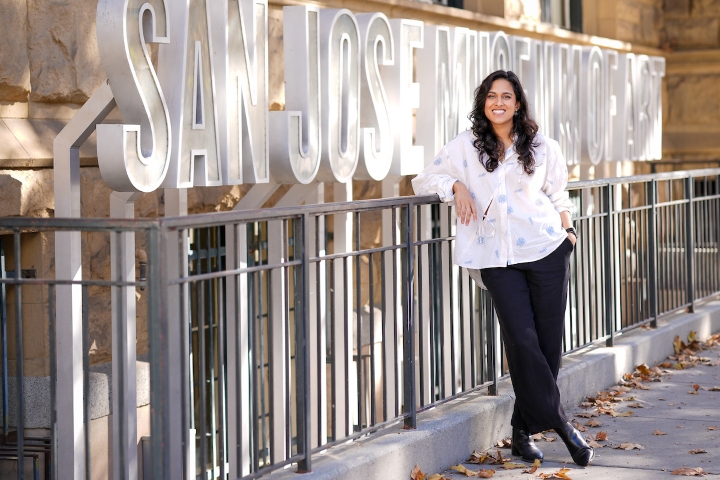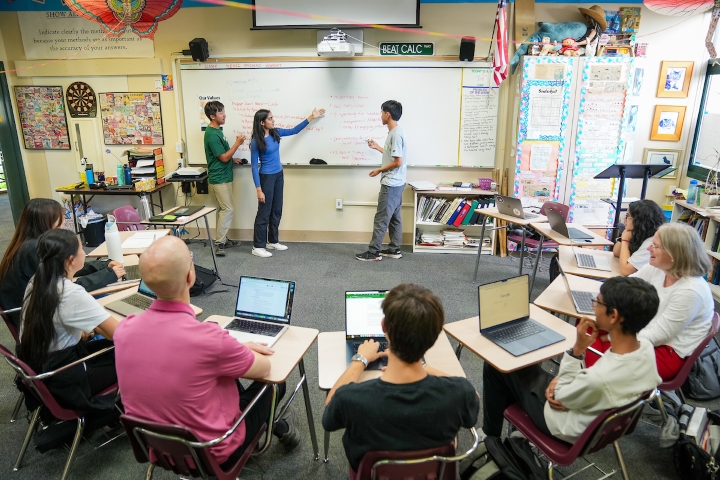Harker Magazine
Gallery: 2025 End of Year Celebrations
Just before departing on the annual senior trip, members of the Class of 2025 gathered on campus for this year’s Brick Ceremony to place…
Harker Magazine: Nidhi Gandhi ’11’s Journey Back to Art
Read the full profile on Nidhi Gandhi ’11 in the Fall/Winter 2024 issue of Harker Magazine, now in digital format and arriving in print during the winter break!
Harker Magazine: A Matter of Honor
See this excerpt from Harker Magazine’s feature on the Honor Council, and read the full version online at issuu!
Team First: Harish Venkatesan ’06 knows how to build a winning team
Harish Venkatesan ’06 was featured in the latest issue of Harker Magazine. Read the full story online!
Gallery: Spring 2024 Athletics
In March, varsity baseball player Shaurya Jain, grade 9, had a stellar showing at the opening game of the Peninsula Athletic League season, striking…
Gallery: Spring 2024 Performing Arts
The upper school Conservatory started 2024 off with a series of one-act plays produced, directed and starring Harker students at Student Directed Showcase. That…
The Harker Summer Sountrack: Eight programs blend academics and fun
This story originally appeared in the Spring/Summer 2023 issue of Harker Magazine. It is also available to read on issuu. Hannah Joy Sachse, grade…



